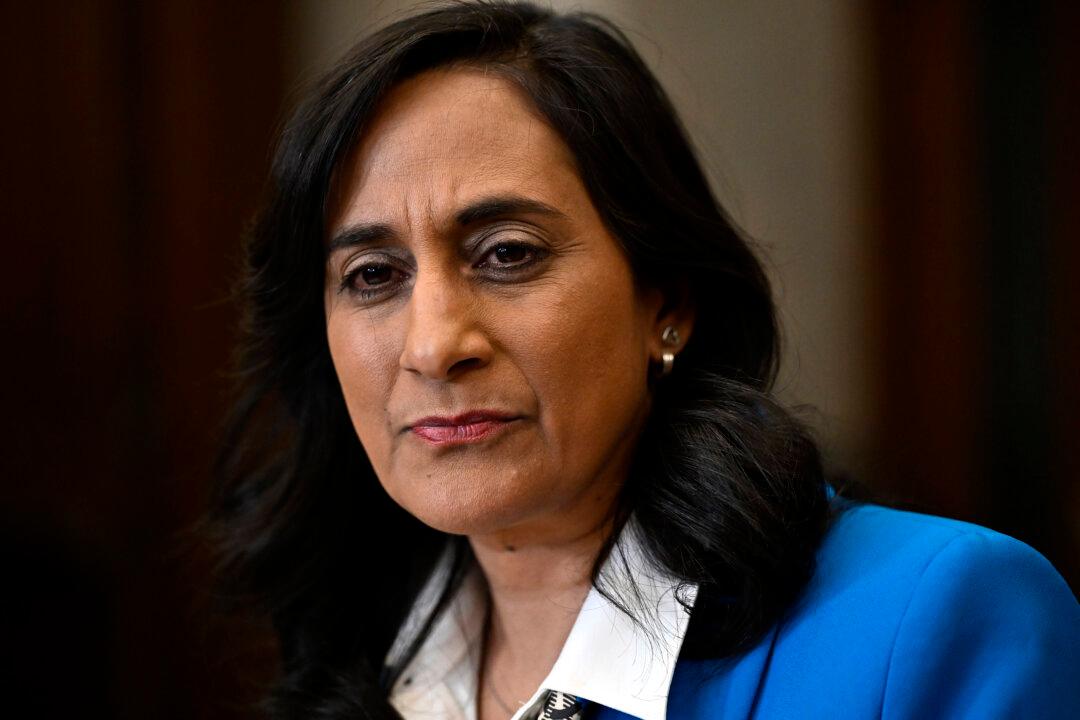Federal government spending is projected to continue its upward trajectory for the upcoming 2024–25 fiscal year, even as departments pivot to emphasize cost reduction amid the waning of pandemic-related programs.
The Public Health Agency of Canada (PHAC) intends to reduce its spending from a forecasted $5.1 billion in the current fiscal year 2023–24 to about $1.9 billion for the next fiscal year, reflecting a 63 percent decrease, according to the agency’s 2024–25 Departmental Plan.





